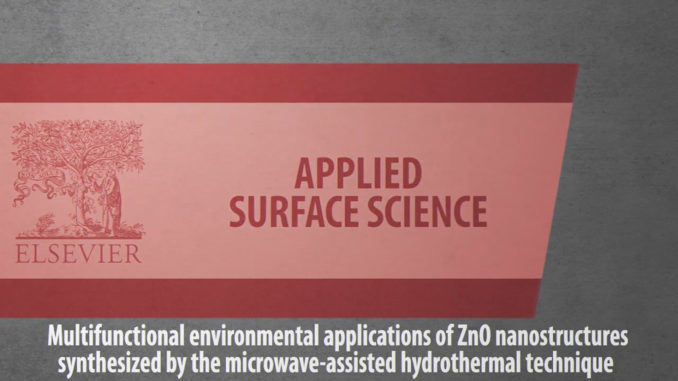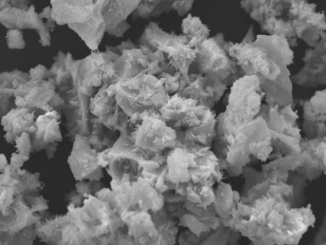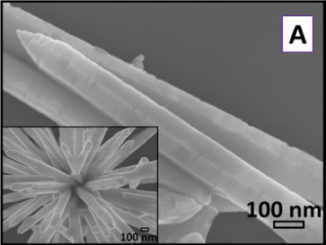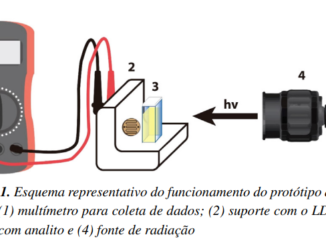
Multifunctional environmental applications of ZnO nanostructures synthesized by the microwave-assisted hydrothermal technique
Abstract: Herein, we explore the multifunctional potential of ZnO nanostructures obtained via the microwave-assisted hydrothermal (MAH) method using a single synthesis route in the presence of CTAB. The ZnO samples were characterized by X-ray diffraction (XRD), Infrared Spectroscopy, Field Emission Gun Scanning Electron Microscopy (FEG-SEM), Transmission Electron Microscopy (TEM), photoluminescence properties (PL), as well as their photocatalytic activity and gas sensing response. XRD indicated that the ZnO nanostructures are free from impurities and crystallize in the hexagonal structure. FEG-SEM and TEM showed that rod-like ZnO nanostructures were obtained. Photoluminescence results indicate that the commercial ZnO sample has a higher bandgap and a more disordered crystalline structure compared with the ZnO nanostructures. The nanostructures presented superior photocatalytic performance, reaching 50% rhodamine 6-G photodegradation in 17 min, while the commercial sample took 43 min to reach the same value. The sensor film prepared from the ZnO nanostructures showed a fast response time of 10 s to 20 ppm of CO. The photocatalytic and gas sensing performances of the nanostructured ZnO highlights the multifunctional character of the nanostructures prepared via the MAH method and their potential for environmental applications such as water purification and air monitoring.
Author(s): Ortega, P.P.; Silva, C.C.; Ramirez, M.A.; Biasotto, G.; Foschini, C.R.; Simões, A.Z.
Applied Surface Science
Volume 542, 148723
Published: 15 March 2021
DOI: https://doi.org/10.1016/j.apsusc.2020.148723
CDMF
The CDMF, hosted at the Federal University of São Carlos (UFSCar), is one of the Research, Innovation and Dissemination Centers (RIDC) supported by the São Paulo State Research Support Foundation (Fapesp), and also receives investment from the National Council Scientific and Technological Development (CNPq), from the National Institute of Science and Technology of Materials in Nanotechnology (INCTMN).




